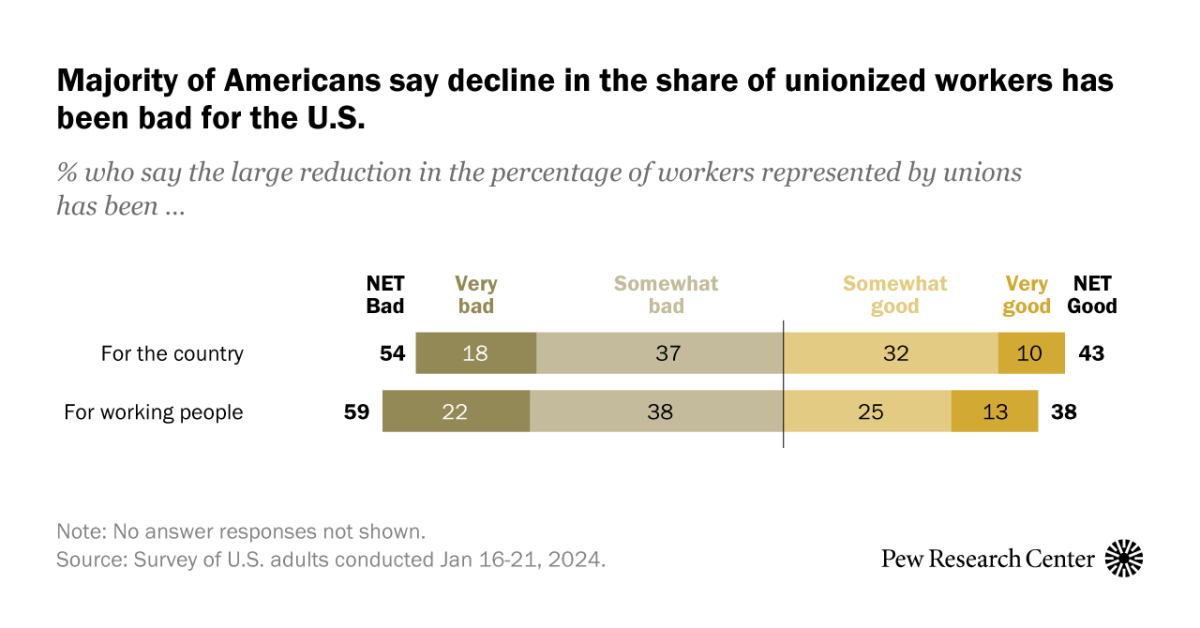
More finance news
José Manuel Campa has been Chair of the European Banking Authority (EBA) since March 2019. He talks to us about the role of the EBA, how prepared banks are to weather future crises, and how digitalization is impacting the EU’s banking sector.
What does the EBA do to make the EU banking sector work for all of us who depend on it?
First, we contribute to the single set of rules that lay down how banks work and operate within the European Union and ensure consistent supervision of the banks. The rules are written with two main goals in mind. One is to foster the single market, with a level playing field and the possibility of providing services across the EU. The second goal is what we call prudential rules, which aim to make sure the rules are written in a way that ensures banks operate in a prudent manner – in other words that they provide proper services to customers, while operating those services in a way that both ensures financial stability and satisfies the needs of the customers in areas such as prevention of fraud, prevention of crime and financing of terrorism and anti-money laundering. There is also the issue of safety and security in payments – as we see innovations in the payment system, we regulate to make sure those payments are being carried out in a safe way, as well as in new ways.
Then beyond citizens, there’s obviously a lot that’s done for corporates as well. Here, the key areas are lending, providing other monetary and cash-related activities, while at the same time providing services that are more related to hedging, or covering, the risks of financial products.
Amid recent uncertainty in the US and Switzerland, how able are EU banks to weather potential future crises?
First, I would say that currently the banking sector is in good shape – in terms of capital levels, liquidity levels, in terms of asset quality, and governance. Every two years, we do a stress test of the banks in which we put forward an unlikely but possible negative scenario, and we test how the banks would perform. We published the last one in July 2023, and we will do the next one in the first half of next year. The outcome of the July 2023 stress test was positive – we saw that despite the very adverse scenario, banks would be able to continue to provide adequate credit to the economy.
Secondly, indeed there has recently been banking turmoil in some developed countries – in the US and Switzerland. European banks were isolated from those events and there was not really any significant turbulence in the European banking sector. What are the lessons learned following these episodes? First, that there were obviously weaknesses in the governance of the banks that were affected. Second, there were weaknesses and delays in supervision by the authorities. This is one area that we have enhanced a lot in the EU over the last 10 years for the banking union – so the creation of the single supervisory mechanism, with the European Central Bank (ECB) at the core of that mechanism.
The third thing we learned was that rules were not applied in the same way across all banks. So, in some places, particularly in the US, weaker regulations were being applied. And in the EU, we apply the same rules to all institutions.
As we go forward, we need to continue to be vigilant because there are certain risks that concern us. Broadly speaking, geopolitical tensions are a major source of risk that we can find in a number of different areas. Cyberattacks, for instance, as well as the possible fragmentation of world economic activity and how that affects the evolution of integrated financial markets. Then of course you have the war and how that may affect different sectors of the economy – for example, areas that are exporting to geopolitically sensitive areas. As we go forward, this needs to be monitored. And this is one area where the stress tests can really help us.
How will digitalisation impact the EU’s banking sector?
Digitalisation is already impacting the EU banking sector – in fact, technological developments have impacted the banking sector in many ways throughout history. But what is different now is the intensity and the speed at which this is happening. When we talk about digitalisation, there are a number of different areas to look at. One is cyber resilience and cybersecurity – introducing new ways for banks to operate provides opportunities, but also brings risks. So, we have to make sure that banks’ resilience remains robust. In the same way we needed security guards when moving cash from one branch to another in the past, it’s important to ensure operational resilience when money is being moved digitally.
The second key area is innovation. New technologies are coming, and they bring new products and new ways of doing things. And here there is a real challenge both for the industry itself and for us as regulators. Industry needs to figure out how best to use this innovation – how to restructure what they do, reinvent their processes, produce new products, and provide their customers with better services. From our perspective as regulators, we need to make sure that the risks are properly managed and don’t result in systemic risk or unintended negative consequences. We have to be careful as regulators to remain neutral when it comes to the introduction of technology. By this I mean that, in writing the rules, we do not – implicitly or explicitly – favour one technology over another or one player over another. And this includes both established financial companies and the newcomers that are disrupting the industry. We need to assess things in a neutral manner and be aware of the risks that technology brings. In the assessments they’ve carried out, when asked about advanced technologies like artificial intelligence and machine learning, more than 70% of the banks that responded told us they were exploring the ways in which these technologies will be introduced. They’re looking at this for every part of their business – from back-office, process operations, risk management, the use of machine learning, customer profiling, and providing services to customers all across the value chain.
The EBA recently published its roadmap towards implementing the Basel III rules. How will they strengthen the financial and banking sectors in the EU?
The Basel III rules were developed as a response to the global financial crisis of 2008-2010 – so these rules are addressing an issue that was identified already 15 years ago. They have been implemented in different stages, and we’re now in the final phase. This set of rules has already been approved by the co-legislators in level one under the Capital Requirement Regulation and the Capital Requirement Directive. And now it is for us to develop the second level legislation over the next three or four years. It is in the EU interest to finalise the implementation of the international standards.
At the same time, there’s a big push to implement these rules worldwide in a coordinated and timely manner given the importance of having an international level playing field, and we need to continue to monitor that this is happening. So, we are going to work on this roadmap over the next three or four years, and this will result in a more coherent set of rules that will give us a more robust banking sector that’s able to provide services to citizens while at the same time preserving financial stability.
Every company and every institution now is thinking about environmental, social and governance (ESG) criteria. Why do these criteria matter so much?
Right now, the regulatory framework is really mainly focused on the ‘E’ – so on the environment and on the climate. We now realize that there is a clear and present danger – and that is the fact that we are not consistent when it comes to the sustainability of our economic activity and the effect it has on the climate and environment over time. And that needs to change. So, we know what the problem is, now we need tangible metrics and actions. These metrics are basically disclosure information, provision of services, and here ESG disclosures are so important. And the actions are for instance how to manage these risks, at least from the financial risk perspective.
If I think about the EBA – we have our own ESG and climate-related commitments, and we have improved tremendously in the metrics and the way in which we measure our own impact. Just one very simple example – we have decided to reduce our travel, and in 2023 we accomplished our goal of 50% less travel compared to 2020. That’s in addition to other, smaller actions that a lot of companies and institutions are doing – from keeping an eye on paper consumption to making sure the temperature in the office is adequately managed. I mention this because I think it is symbolic of what all of us need to do in our daily lives – so, identify the problem, get data, and then manage the problem.
Related links
EU Finance Podcast episode on the banking package
European Banking Authority (EBA)
José Manuel Campa in EBA
Back to the Finance news hub



